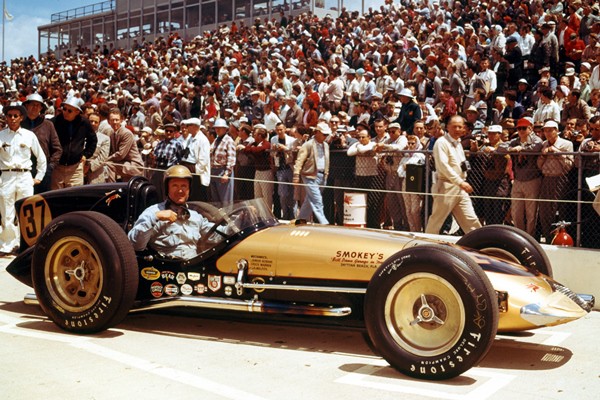Shel_B
Site Donor 2023
- Joined
- Aug 7, 2020
- Messages
- 5,167
What damage may result from turning an engine backward, opposite in the direction it is designed to run?
Do all engines, when running, rotate in the same direction? What is the reason engines are designed to rotate in the direction they do?
Do all engines, when running, rotate in the same direction? What is the reason engines are designed to rotate in the direction they do?


